The role of the Japanese Emperor is a unique position in the world—at once, a living connection to Japan’s ancient history and a contemporary symbol of national unity. As a ceremonial head of state, the emperor embodies Japan’s cultural and historical identity, distinct from political power. While today’s role is largely symbolic, its roots stretch over centuries, tracing a lineage that intertwines with the nation’s evolution. From performing traditional rites to appointing key officials under the government’s guidance, the Japanese emperor continues to blend tradition with modern responsibilities, offering a window into a nation deeply tied to its past.
The Historical Origins of the Japanese Emperor
Understanding the origins of the Japanese emperor provides a glimpse into how mythology, religion, and history shaped one of the world’s oldest dynasties. The lineage traces back thousands of years, beginning with divine tales and gradually transitioning into historically verifiable figures.
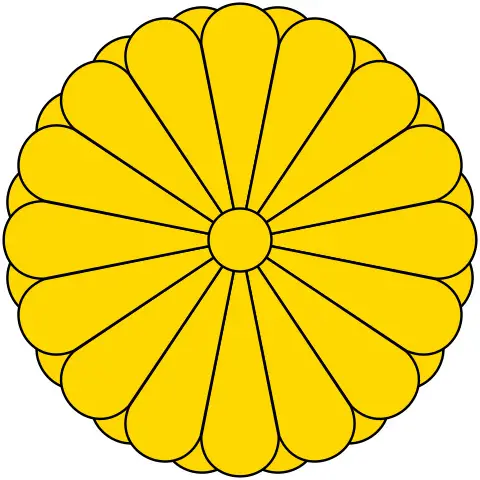
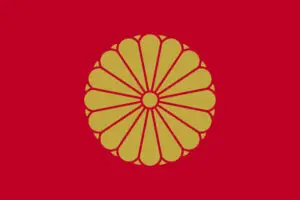
Mythical Ancestry and Emperor Jimmu
The story of the Japanese emperors begins in myth. According to Shinto beliefs, the imperial lineage is said to descend directly from Amaterasu, the Sun Goddess. This divine connection established the emperor as a kami, or deity, creating a sacred bond between the ruler and the Shinto religion that transcends mere political authority.
Emperor Jimmu, regarded as the first Emperor of Japan, is a legendary figure in this narrative. He is attributed to have reigned around 660 BCE, symbolizing the unification of ancient Japan and the divine right to rule. Jimmu allegedly conquered the lands of Yamato, setting the stage for establishing the imperial dynasty. His ancestry—believed to link him to both Amaterasu and the storm god Susanoo—has been instrumental in solidifying the emperor’s role as a ruler and a spiritual figure. For more detailed insights, this Britannica entry on Jimmu offers useful context.

Transition to Historical Records
While Emperor Jimmu and his successors remain part of Japan’s mythic origins, the historical lineage becomes clearer around the 6th century CE. This period marks the start of written records influenced by the introduction of Chinese writing systems and early Japanese chronicles like the Nihon Shoki and Kojiki. These texts document the lives of later emperors, establishing a more concrete timeline for the imperial institution.
Historical emperors existed alongside powerful clans who wielded real political influence. The role of the emperor during this time was, in many ways, symbolic, serving as a unifying figure while power was decentralized into regional domains. The transition from mythical to historical emperors marks the start of a nuanced balance between tradition and governance in the Japanese emperor’s role. For an in-depth historical timeline, you can refer to this list of emperors of Japan.
The Emperor’s Role Through the Ages
As the centuries progressed, the emperor’s role experienced dramatic transformations:
- Kamakura Period (1192–1333): During this period, political authority shifted to the shogunate, a military government based in Kamakura. While the emperor retained his sacred status, the shoguns made decisions regarding state affairs. The emperor’s influence diminished to ceremonial duties. Learn more about the Kamakura period at Britannica.
- Meiji Restoration (1868): Fast-forward to the 19th century, and the emperor’s role was restored during the Meiji Restoration. Emperor Meiji became central to Japan’s modernization and industrialization, symbolizing tradition and progress. The restoration resurrected the emperor’s political relevance, merging ancient customs with Western-style governance reforms. For an overview of the Meiji Restoration, visit this resource.
Throughout Japan’s history, the emperor has been a chameleon-like figure, adapting to the tides of political, social, and cultural changes. A figure who was once worshipped as divine is now the symbolic representation of a unified Japan. While political power rested elsewhere for much of history, the emperor’s enduring legacy shaped the nation’s identity.
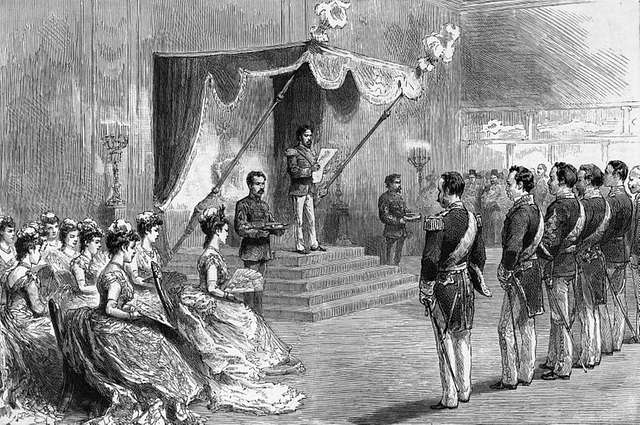
Role of the Japanese Emperor in the Modern Era
Although the Japanese emperor’s role has evolved dramatically over centuries, its modern iteration was decisively shaped by the events of the 20th century. Today, the emperor is a symbolic figure rooted in history, representing unity without wielding political power. Let’s explore how the emperor’s responsibilities have adapted to the demands of the modern constitutional framework.
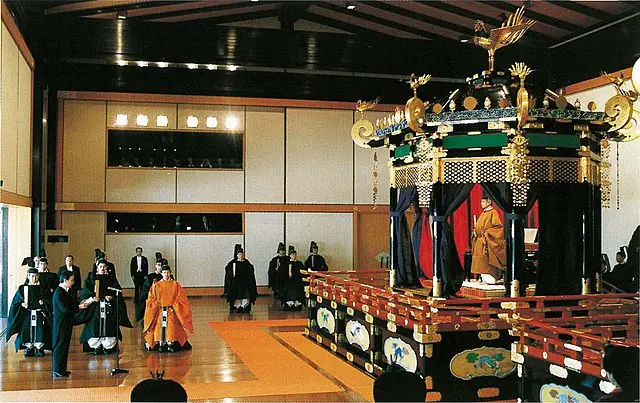
The 1947 Constitution and Post-War Changes
The Japanese emperor’s authority underwent significant changes following World War II. After Japan’s defeat, the Allied occupation under General Douglas MacArthur introduced the 1947 Constitution, also known as the “Post-War Constitution” or “Constitution of Japan.” This document redefined the emperor’s position, stripping him of political and military power. Instead, the emperor was recast as a “symbol of the State and the unity of the People,” as outlined in Article 1.
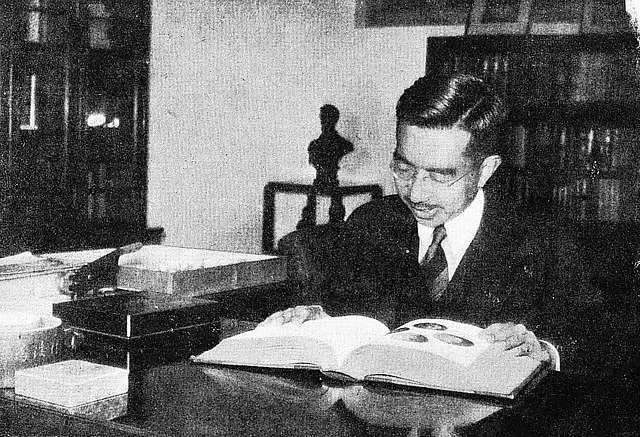
Under the new framework, sovereignty shifted from the emperor to the people. This profound transformation reflected Japan’s shift toward democracy and pacifism, limiting the emperor to ceremonial duties. If you’re curious about this historical shift, you can check out this detailed resource.
Symbol of Unity and National Identity
The emperor today acts as a unifying figure, transcending political divides to represent the collective identity of the Japanese nation. Emperor Naruhito, the current monarch, highlighted this role during his ascension, describing his dedication to serving as the symbol of Japan’s unity. The position is deeply rooted in the postwar constitution, which emphasizes harmony and reconciliation.
The emperor maintains his role as a cultural linchpin by attending ceremonial events, interacting with citizens, and participating in national celebrations. This symbolic function underscores an essential aspect of Japan’s post-war identity: prioritizing peace and collective well-being over political prominence. Learn more about the emperor’s symbolic role here.
Duties and Responsibilities Under the Constitution
Despite being largely ceremonial, the emperor’s duties hold significant cultural and symbolic importance. The Constitution of Japan outlines specific acts of state that the emperor must perform, always under the direction of the Cabinet. These include:
- Appointing the Prime Minister: Nomination occurs after parliamentary election results are finalized.
- Appointing the Chief Justice: A symbolic role in upholding judicial independence.
- Ceremonial Functions: Opening parliament sessions, awarding honors, and hosting state banquets.
- Promulgating Laws: Ceremonially signing and endorsing legislative acts.
These actions reinforce the emperor’s function as a stabilizing entity, fostering continuity within Japan’s governmental structure. For a deeper dive, this official summary of the emperor’s duties provides valuable insights.
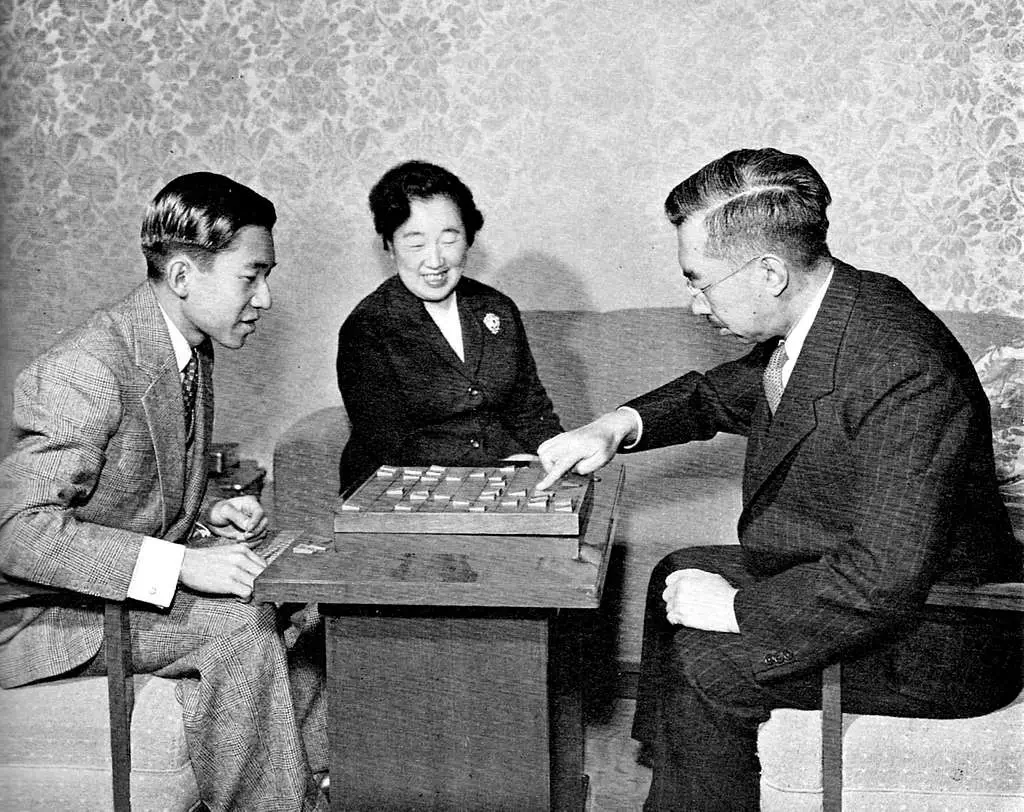
Relationship with the Government
The Japanese emperor operates strictly within the boundaries of the Constitution. Every act in matters of state is carried out with the advice and approval of the Cabinet, ensuring a clear separation between the imperial household and government decision-making. This collaborative dynamic guarantees the emperor’s neutrality, avoiding any overlap with political authority.
In practical terms, the emperor’s relationship with the government enables the smooth execution of ceremonial duties without asserting influence over legislation or policy. This balance highlights Japan’s success in blending ancient traditions with modern governance. Here’s an analysis of how this system works.
The emperor’s role today is less about political control and more about serving as a bridge between Japan’s storied past and its democratic present. Japan fosters an enduring legacy of stability and unity by keeping the ceremonial and political worlds distinct.
Cultural and Religious Significance
The Japanese emperor’s role has deep cultural and religious roots. It represents more than just tradition—it carries profound spiritual and societal importance. The emperor serves as a religious leader and a cultural icon by performing centuries-old rituals and connecting the nation through public ceremonies.
Head of Shinto Religion
The Japanese emperor holds a special position as the spiritual leader of Shinto, Japan’s indigenous religion. In Shinto belief, the emperor is seen as a direct descendant of the Sun Goddess Amaterasu, emphasizing his divine connection to the land and its people. This symbolic role ties closely to the emperor’s religious duties, many of which originated in ancient texts and traditions.
Key religious responsibilities include:
- Annual Rituals: The emperor performs ceremonies to honor kami (spirits), ensure agricultural success, and pray for the country’s prosperity.
- Niiname-sai (Harvest Festival): One of the most important rituals, where the emperor presents and blesses the year’s first rice harvest.
- Enthronement Rituals: These elaborate events often involve sacred Shinto rites to affirm the emperor’s divine status.
Through these roles, the emperor serves as a mediator between people and the spirits, fostering a sense of unity. The BBC’s exploration of Shinto discusses the deep religious link between the imperial institution and Shinto beliefs.
Ceremonial Functions and Public Engagement
The emperor’s duties go beyond religion and extend into ceremonial and public domains. From state receptions to international visits, the emperor embodies Japan globally.
Some critical ceremonial roles include:
- Hosting State Events: The emperor oversees state banquets and diplomatic receptions at the Imperial Palace, welcoming foreign dignitaries.
- Traditional Ceremonies: These include New Year celebrations, the emperor’s birthday (a national holiday), and the Tokubetsu Gojitsu (special enthronement thanksgiving).
- Acting as a Cultural Ambassador: Through international visits and court hearings, the emperor fosters goodwill and represents Japan’s rich heritage abroad.
For example, Emperor Naruhito’s first overseas visit as Japan’s leader involved attending the enthronement of King Willem-Alexander in the Netherlands, showcasing Japan’s blend of tradition and modern diplomacy. The Imperial Household Agency’s official page has more about these ceremonial roles.
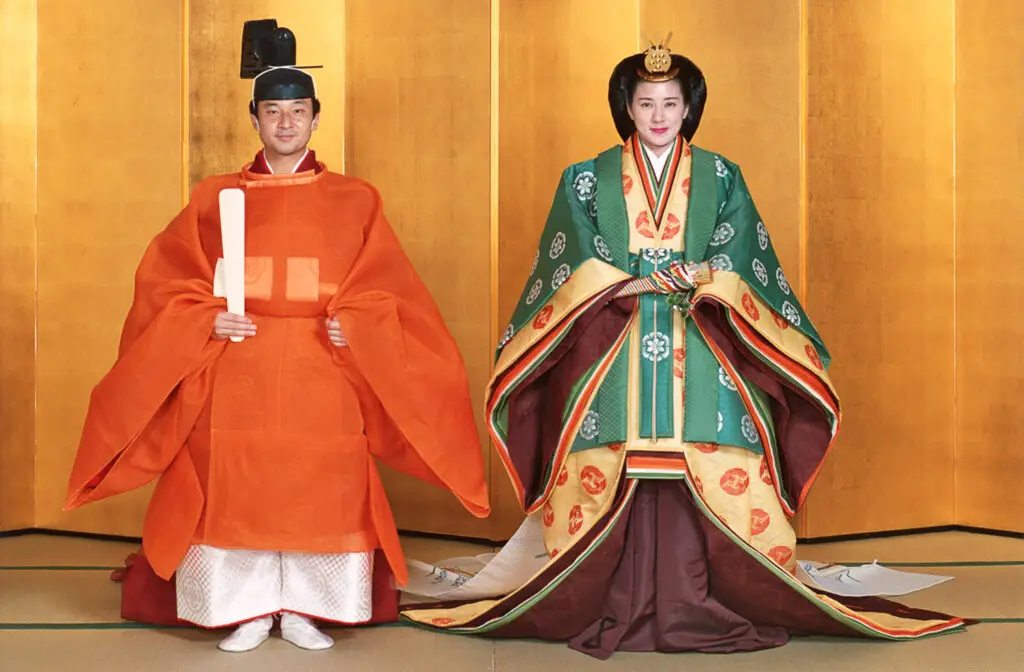
While these ceremonial roles seem symbolic, they hold immense significance in representing Japan’s domestic and international identity. The emperor plays a unifying role through carefully choreographed public engagements, connecting past traditions with contemporary society.
The Imperial Household and Succession
The Japanese emperor’s position is grounded not only in tradition but also in laws and administrative systems that govern the succession and daily operation of the Imperial Household. Let’s break this down further.
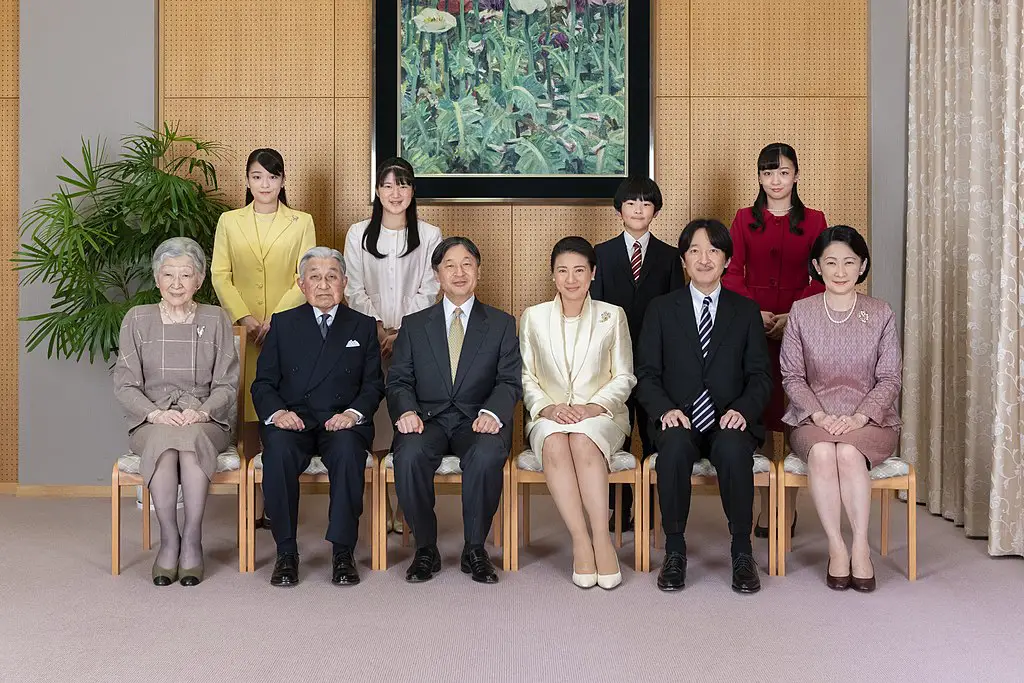
Imperial Household Law
The Imperial Household Law governs succession to the Japanese throne. Passed in 1947, this law strictly determines who can ascend to the Chrysanthemum Throne. Succession is exclusively reserved for male descendants within the imperial bloodline. Female members are excluded from the line of succession, which has sparked ongoing discussions about modernizing these rules.
The law ensures the preservation of the imperial family’s heritage but creates challenges in an era when the family has fewer male heirs. This inflexibility has led to debates about whether Japan should consider allowing female or matrilineal succession to ensure the survival of its monarchy. Read more about the Imperial Household Law here.
Behind the scenes, the Imperial Household Agency handles the daily affairs of the imperial family, overseeing everything from ceremonial duties to property management. This bureaucracy ensures the smooth functioning of the monarchy while keeping it distinct from Japan’s political system. Learn more about the Imperial Household Agency’s role.
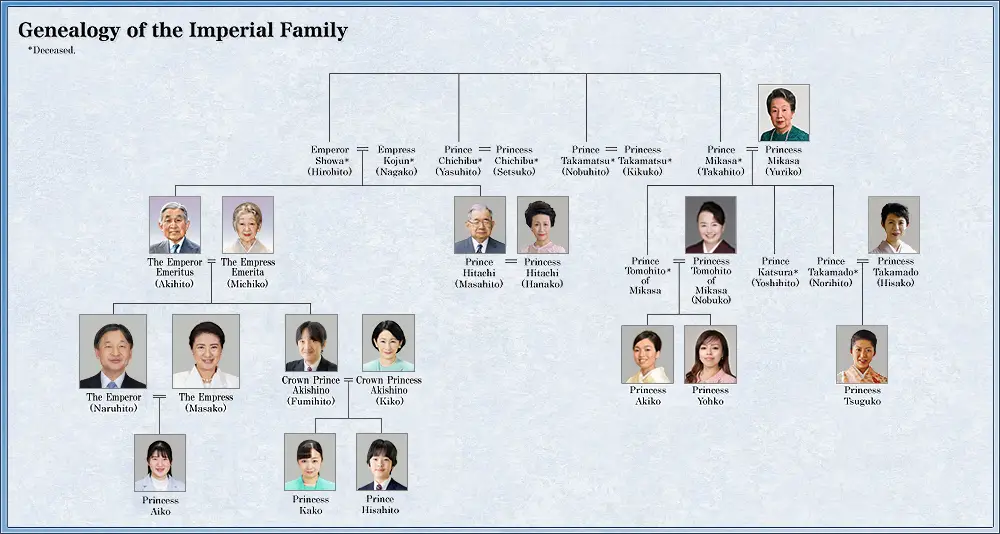
Modern Succession and Historical Abdications
Emperor Akihito made headlines in 2019 when he became the first Japanese emperor to abdicate in over 200 years. His decision was widely supported, noting his age and declining health. This act of stepping aside emphasized the humanity of the imperial role in contemporary Japan.
The abdication ushered in a new era, Reiwa (translated as “beautiful harmony”), led by Emperor Naruhito, Akihito’s eldest son. Naruhito has taken on the role with grace, emphasizing global diplomacy and continuing his father’s legacy of compassion. More on Emperor Akihito’s historic abdication and Naruhito’s ascension can be found on NPR.
This transition highlighted the Japanese monarchy’s adaptability, blending tradition with the realities of modern life. The historical significance of such transitions underscores the emperor’s enduring role as a symbol of unity in a changing world. Discover more about the 2019 imperial transition.
The Financial Aspect of the Imperial Household
Unlike royal families elsewhere, Japan’s imperial family operates under tight financial restrictions. The government fully supports the imperial family’s annual budget, which is broken into specific categories like personal expenses, palace costs, and allowances for family members. In 2023, the Imperial Household’s overall budget stood at approximately 2 billion yen. Detailed information on the Imperial Household’s finances can be found here.
While the emperor’s lifestyle appears grand due to ceremonies and public events, the imperial family faces economic limitations. Their property and assets, including the iconic Imperial Palace, are technically government-owned. Members often relinquish titles and allowances when they leave the imperial household, as seen in the case of Princess Mako, who renounced her status to marry a commoner.
Financial transparency and modesty reflect the role’s symbolic, rather than sovereign, standing in Japan, setting the Japanese emperor apart from monarchs in other nations. Learn more about the financial management of the imperial household.
This structure ensures that the imperial family remains accountable and aligned with its role as a unifying symbol, managing its resources harmoniously with the nation’s ideals.
Notable Moments in Recent History
The Japanese emperor continues to play a pivotal role in connecting the country’s ancient traditions with the modern world. From historic ceremonies to engaging with global leaders, the emperor serves as a bridge uniting the past, present, and future.
Enthronement of Emperor Naruhito
On October 22, 2019, Emperor Naruhito officially ascended the Chrysanthemum Throne in an enthronement ceremony steeped in a thousand years of tradition. The event, known as “Sokui-no-Rei,” marked the start of the Reiwa era, translating to “beautiful harmony” and reflecting the emperor’s aspirations for uniting the Japanese people under a harmonious future.
The traditional ceremony in the Imperial Palace involved ancient Shinto rituals highlighting the emperor’s symbolic status as a connection between the divine and the people. Dressed in a resplendent outfit inspired by ancient court garments, Naruhito declared his enthronement before dignitaries from over 180 countries. The event reinforced Japan’s enduring cultural heritage even as the nation moves forward in a modern world. For a deeper look at the day’s significance, visit this BBC article on Emperor Naruhito’s enthronement.
Diplomatic Role and International Relations
The Japanese emperor also plays an integral role in diplomacy, representing Japan on the global stage without making political decisions. Emperor Naruhito and Empress Masako have embraced this opportunity to foster goodwill and strengthen international ties.
Recent examples include:
- Receiving World Leaders: In 2019, Japan hosted President Donald Trump as the first state guest of the Reiwa era, underscoring its strong ties with the United States.
- Commemorating Events: Participating in ceremonies marking Japan’s post-war reconciliation efforts, such as those with South Korea and China.
- Overseas Visits: While the COVID-19 pandemic limited Emperor Naruhito’s travels, previous visits to Europe and the U.S. established a foundation of mutual respect and cultural exchange.
The emperor’s diplomatic contributions amplify Japan’s image as a peaceful, cooperative nation. To learn more about his role in global affairs, this resource from the Council on Foreign Relations offers further insights.
Through these actions, the emperor exemplifies how Japan’s historical traditions can coexist with its aspirations to play a vital part in modern international relations.
Conclusion
The Japanese emperor remains a powerful symbol of unity, embodying centuries of tradition in a modern, democratic society. Though devoid of political power, the role holds deep cultural, historical, and ceremonial significance. By fostering national identity and participating in events that connect Japan’s past, present, and future, the emperor continues to bridge cultural heritage with contemporary values.
As Japan evolves, so does the role of its emperor, who stands as a reminder of resilience, peace, and collective strength for the nation and its people.


